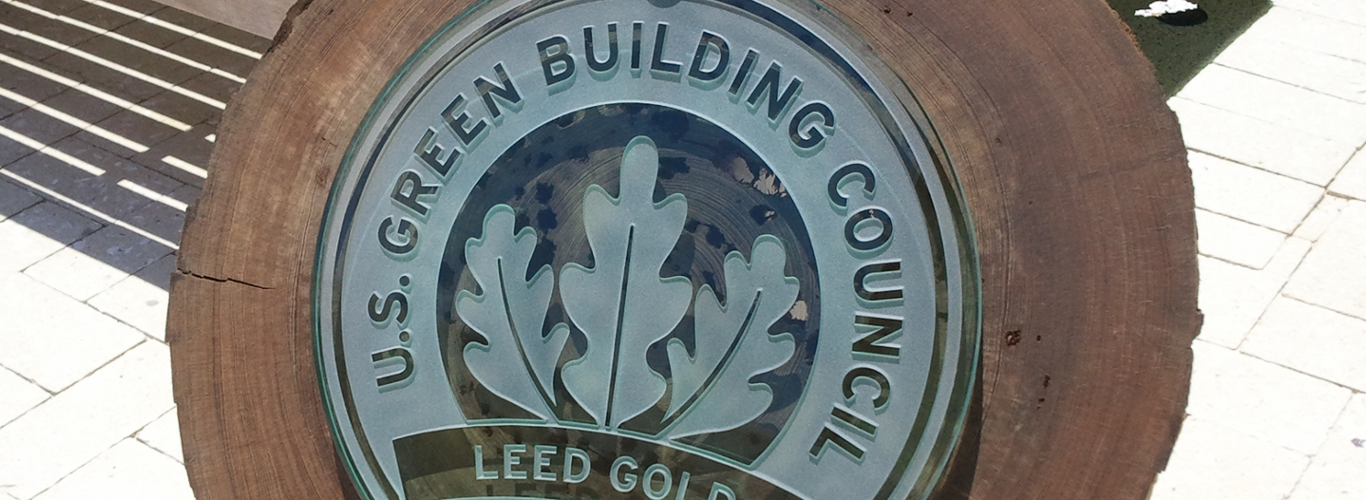Don't let code minimums and first cost doom your design.
On the front page of the Sunday New York Times from June 25, 2017, there is a heartbreaking story of loss of life in the Grenfell Apartment tower. Authors David Kirkpatrick, Danny Hakim, James Glanz and contributors Zephira Davis and Nour Youssef tell us of the background that led to the disaster. Read the article here:
https://www.nytimes.com/2017/06/24/world/europe/grenfell-tower-london-fire.html?_r=0
The story is about how a flammable exterior building skin was added to the building and the skin caused the building to burn from the outside inward.

From my architecture perspective, I want to focus on 2 things gleaned for the article: the idea of designing to the code minimum, and using lowest first cost as a driving factor to decision making.
I have said for a long time, code minimum building design means if it was designed any worse, it would be illegal. Yet we live in an environment of development that looks for ways to design to the code minimum as the goal and as a desirable approach. Why do we want our buildings, that should be around for 100+ years, to be barely legal at the time they are constructed? Why would we want to design to a higher standard than code minimum? In the case of Grenfell Towers, (and the dozens of other apartment blocks in London evacuated since the fire), exceeding the code in practical ways could bring great value to the design. In this case, exceeding the code could directly save lives.

The article address regulations head on. “Business friendly governments in Britain- first under Labor and then under the Conservatives- campaign to pare back regulations.” And “Governments adopted slogans calling for the elimination of at least one regulation for each new one that was imposed, and the authorities in charge of fire safety took this to heart.” I have heard the exact same slogan coming from the new United States executive and legislative branches since the new administration has taken over power. Randomly eliminating regulations to gain political points is dangerous, to say the least. The authors state, “Promising to cut ‘red tape’, business friendly politicians evidently judge that cost concerns outweighed the risks of allowing flammable materials to be used on facades.” Even after warnings inside the regulatory process, “still no changes were made. ‘The construction industry appears to be stronger and more powerful than the safety lobby’, said Ronnie King, a former fire chief.” We need to recognize that code minimum (aka barely legal) is not a basis for good design. It is only the basis to stay out of jail.
That leads us into the second topic of this blog- lowest first cost as a driving factor to decision making in building design. In the case of fire regulations in Britain, “A top building regulator explained to a coroner in 2013 that requiring only non-combustible exteriors in residential tower ‘limits choice of materials quite significantly.’” Using fire-resistant materials was more expenses, but we need to recognize that there is real value in doing it anyway. Manufacturers who have an obvious financial interest in selling product, pushed back. “’Any changes to the façade to satisfy a single requirement such as fire performance will impinge on all other aspects of the walls performance as well as costs’, Stephen Ledbetter, director of the Center for Window and Cladding Technology, an industry group, wrote in testimony to Parliament.” A single requirement such as fire safety is a pretty significant requirement! Using first cost as a driving force in building design can have long term consequences, both catastrophic, in the case of the Grenfell Apartment tower, or in a gradual deterioration such as toxic chemicals from cheap materials off gassing into the interior space and gradually poisoning the occupants. (think urea formaldehyde, volatile organic compounds (VOCs), or even lead paint, and asbestos)
Using green building standards such as LEED and the Living Building Challenge gives our firm a systematic, thoughtful, proven and tested approach to designing our buildings above code minimum standards, and allows us to more fully evaluate first cost vs. life cycle cost/ return on investment questions with the long-term well-being of the building, it occupants and the owner’s wallet in mind. Exceeding code minimums in areas of design like building envelop performance, resiliency, indoor environment quality (IEQ), reduction and elimination of toxins like VOCs, and reducing carbon emissions to name a few, all have real value and a ROI, whether you can measure the ROI in dollars, lives saved, of in comfort, happiness and delight of the occupants.
We are building buildings pretty much the same as we have been over the past 100 years. What else in our world is so much the same over the past 100 years? It is time to look above and beyond designing to code minimums, and stop using lowest first cost as the primary factor to decision making.
